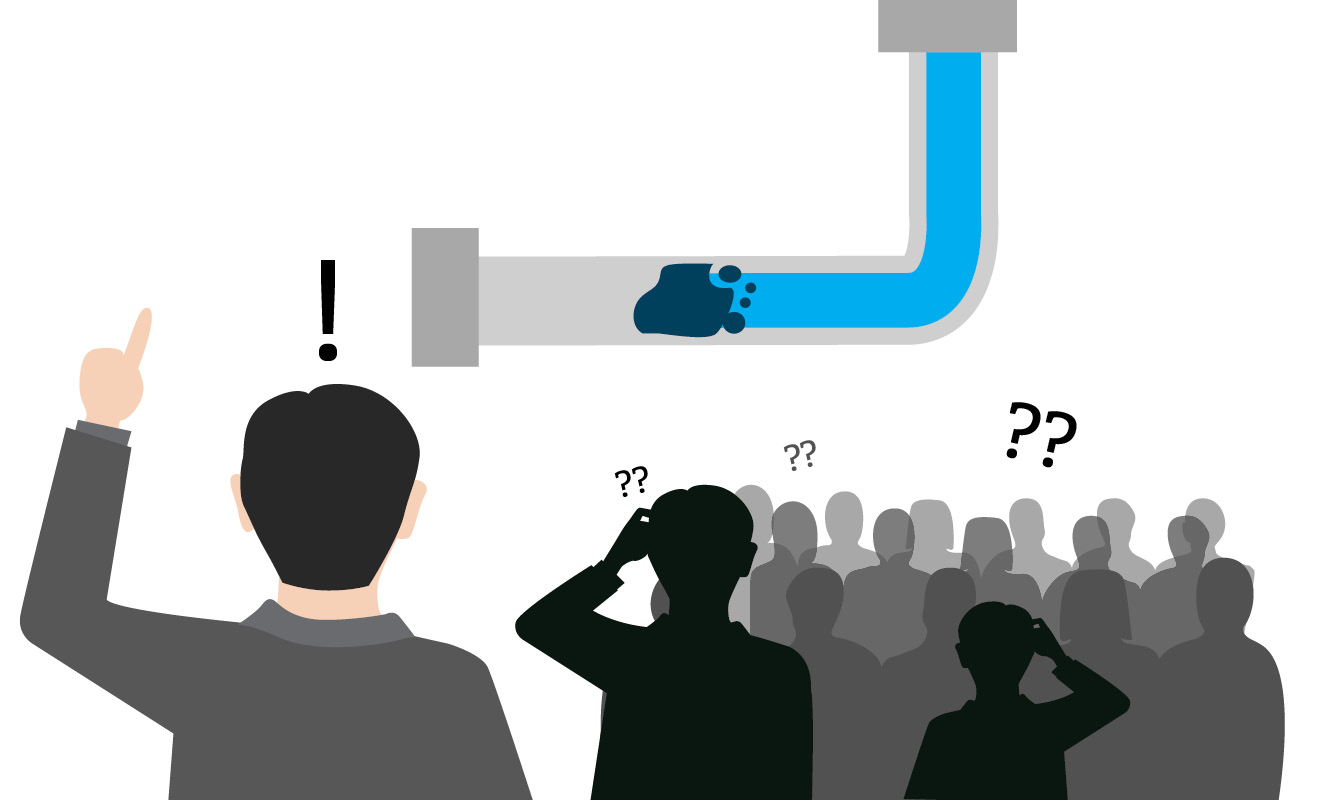By 2021, experts predict that spending on digital transformation initiatives will increase to more than $2.1 trillion. While many organizations are highlighting flashy technological upgrades as proof of their metamorphosis, we know that the most successful strategies for digital transformation are more accurately measured in improvements to organizational problem solving than gadgetry.
Driving the people element of digital transformation doesn’t hinge on hardware or software,  but on offering learning and development initiatives to retrain and upskill existing staff while simultaneously attracting new, innovative talent to the team.
but on offering learning and development initiatives to retrain and upskill existing staff while simultaneously attracting new, innovative talent to the team.
There are a number of popular schools of thought surrounding the concept of digital transformation, but when it comes to implementing a transformational learning strategy, the focus should be on education and action. We’re not here to tell you what to teach, but to share a general approach to developing your strategy that drives substantive organizational change.
Every level of your company, from the EO to the newest hire, will be required to learn and grow within the new framework. By implementing modern learning initiatives, you can drive innovation and truly transform the workplace, creating opportunities for business growth, individual advancement, and better customer experiences.
What does a practical framework for digital transformation look like?
At its core, a digital transformation strategy will seek to integrate digital technology into every area of a business, changing both how you operate internally and how you deliver value to customers.
Digital transformation frameworks can look different within every company, but may include any or all of the following:
- A change in leadership style
- New business models
- Different ways of thinking
- Encouragement of innovation
- Digitization of all possible assets
- Adoption and increased use of technology
- Automation of processes
- Workforce education and empowerment
The final item on the list may be the most important. Continuous learning for every member of an organization, from leadership to the newest employee, is part of a successful digital transformation. Information technology, in particular, advances so rapidly that employees just two years into an IT career can be expected to have received 90% of their working knowledge from on-the-job training. But IT is far from being the only department encouraged to embrace learning in the workplace.
Creating a company culture that puts customer experience first and uses employee experience as a driver to achieve that goal can deliver outcomes that are head and shoulders above expectations. By giving employees the tools they need to embrace digital transformation fully, you empower them to pass the improved experience on to customers, creating a loop of positive feedback.
I’d like to do a small infographic here that shows areas how digital transformation can be applied to improve organizational problem solving. This should offer a three sided triad of some sort
- Consideration
- Using technology like big data and AI to quickly identify organizational pain points and optimize wins.
- Communication
- Ensuring that the right feedback gets to the right people quickly and in a constructive and actionable manner.
- Collaboration –
- Building collaborative spaces that cut across organizational boundaries to get the best answers most quickly.

On-the-job education shouldn’t be treated as an added responsibility, a box to check before a performance review, or an arbitrary requirement for promotion consideration. Instead, hands-on training should be a valued, fully-participated-in activity that results in real actionable knowledge. The takeaways from such training can improve not just the experience of the customers the employees serve, but the experiences of employees themselves.
Creating a digital culture
A hefty 62% of customer experience officers (CXOs) see their company culture as the number one obstacle to achieving true digital transformation. Company-wide transparency, communication, collaboration, and development are all part of creating a digital culture where learning is a natural by-product of each day’s activity.
Promoting agile working and regular cross-departmental meetings provide opportunities for all of these situations. Additionally, it provides employees an opportunity to actively participate in building a culture in which they are heard and can thrive.
Committing to continuous learning
Changing the atmosphere of your organization to focus on learning should be a priority, from the top down, in your strategy for digital transformation. 70% of business leaders feel they currently lack the leadership, skills, and business models to adapt. Employees benefit from seeing executives putting the same time into learning new skills, developing stronger leadership qualities, and setting an example.
“When digital transformation is done right, it’s like a caterpillar turning into a butterfly, but when done wrong, all you have is a really fast caterpillar.” George Westerman | Principal Research Scientist with the MIT Sloan Initiative on the Digital Economy”
Offer your employees access to platforms, technologies, and knowledge bases that support them as they upskill, and put the same amount of energy into learning at the executive level. Creating a learning culture requires the participation of senior leaders; management and digitals skills are vital to the process of future-proofing businesses.
Engaging with new talent
Creating a workplace where learning and growth are central to digital transformation will organically attract fresh, eager talent who recognize a place where they can expand their knowledge. 59% of millennials say that the opportunity to grow and learn on the job with an eye to achieving career advancement can provide the needed seal of approval for a job opportunity.
Developing a robust learning model can help attract top new talent and evolve your company’s digital mindset. Cloud-based, self-directed learning programs can help drive new talent acquisition, and provide a fast, effective route to digital acuity among existing employees and new hires alike.
Identifying and overcoming roadblocks
Start looking for bottlenecks in your organization, and viewing them through the digital transformation lens. Ask yourself, “Can technology make this better?” Ensuring that your employees are aware of new technological trends and developments and empowering them to leverage new platforms and methodologies can drive innovation and further your business goals.

This should just be an illustrative graphic about organizational bottlenecks and using technology to help humans solve them. Maybe a bunch of little humans looking puzzled at a clogged pipe and one guy looking at it through a different lens.
Adopting a tech-driven mindset can accelerate your digital transformation, and lead to better, more consistent collaboration between teams and departments. Customer service teams should be communicating with marketing and R&D, and data analytics participating in discussions about employee engagement as well as customer satisfaction.
An initiative that sends employees on “rotation” through other departments can yield new insights and reveal ways to apply digital knowledge learned in one area to an entirely new area or set of problems.
The success of your company’s digital transformation will come down to empowering your workforce from top to bottom with knowledge. By nurturing a culture of internal development and continuous learning while embracing emerging platforms and technologies, you will set the stage for future-proofed advances.


